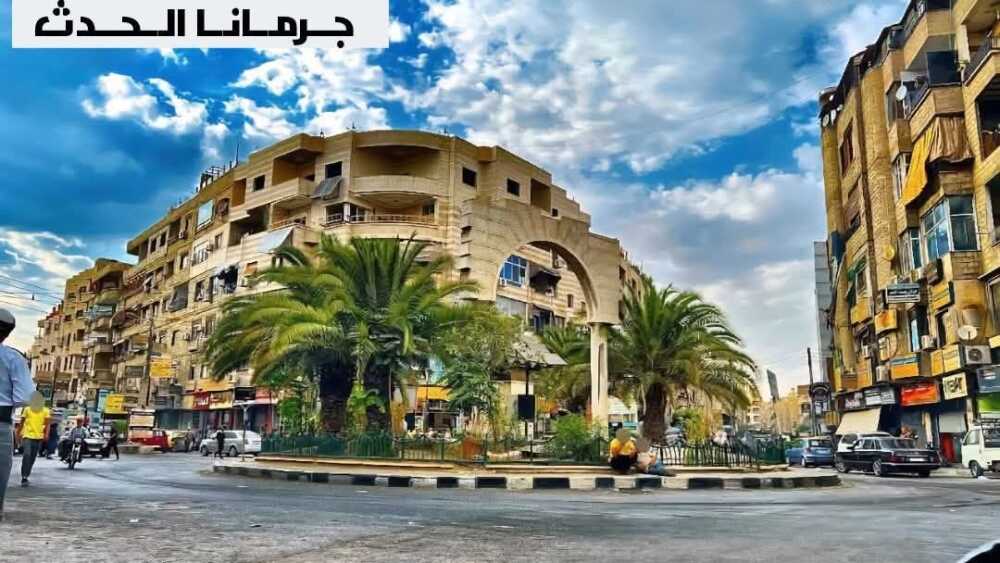In late April and early May, the Damascus suburb of Jaramana, which has a notable Druze population, witnessed an assault by armed Sunni gunmen, with the direct trigger being an anti-Islam recording attributed to a Druze individual in al-Suwayda’. The violence was eventually diffused through a negotiated agreement between local notables and the central government.
More than a month on, what is the situation like now? What is the relationship between the suburb and the central government, particularly in matters pertaining to security? To discuss these matters, I present an interview with a Jaramana resident who is originally from the Druze region of Jabal al-Summaq in north Idlib countryside. Prior to thee fall of the Assad regime, he was supportive of Bashar al-Assad. This interview was conducted on 6 June.
Q: Can you describe what happened in Jaramana?
A: There was an attack on Jaramana and the people of Jaramana repelled the attack. Killing took place on both sides, and then matters were resolved through negotiations. Many of the people were displaced to Jabal al-Shaykh [a Druze region bordering the Golan], and some of them returned to Idlib. But many remained in Jaramana to defend it.
Q: Have any factions remained in Jaramana like Harakat Rijal al-Karama? Do they have any role in security.
Q: Not at all. Rijal al-Karama is only in al-Suwayda’. There are no factions: only the people of Jaramana. The people of Jaramana- its elderly and its youth- are the ones who defended it. The elderly person who is 70 years old bore weapons and defended Jaramana: there are brave men in Jaramana. You know that those who hand over their weapons are later deemed fair game. The authorities demanded the handover of weapons from Jaramana; the people rejected this. Later the matter was resolved. Jaramana’s relationship with the state is generally good.
Q: Have locals from Jaramana joined the Public Security Apparatus [of the central government]? How is the security situation?
A: Exactly, there is local participation. The security situation is very good until now. Before there was no Public Security Apparatus here. The people were the ones who filled the place of the Public Security Apparatus. For three months they protected Jaramana. Then the Public Security Apparatus came.
Q: Is the security situation better now than the security situation before the Public Security Apparatus deployed?
A: Of course it is better. But there are forces that act outside the law and above the Public Security’s authority. I don’t mean in Jaramana, but in Syria in general. They carry out sectarian acts of killing. We can call them takfiris.
Q: Do you have a final message?
A: I hope for success for the new president Ahmad al-Sharaa in leading the state, for the sake of security, safety and prosperity for Syria. I also welcome the Uyghur brothers; joining of the Syrian army. I also welcome any person on the face of the earth in joining the new Syria. Bashar and the al-Assad family have fallen into the dustbins of history. We are in a new Syria, God willing.







